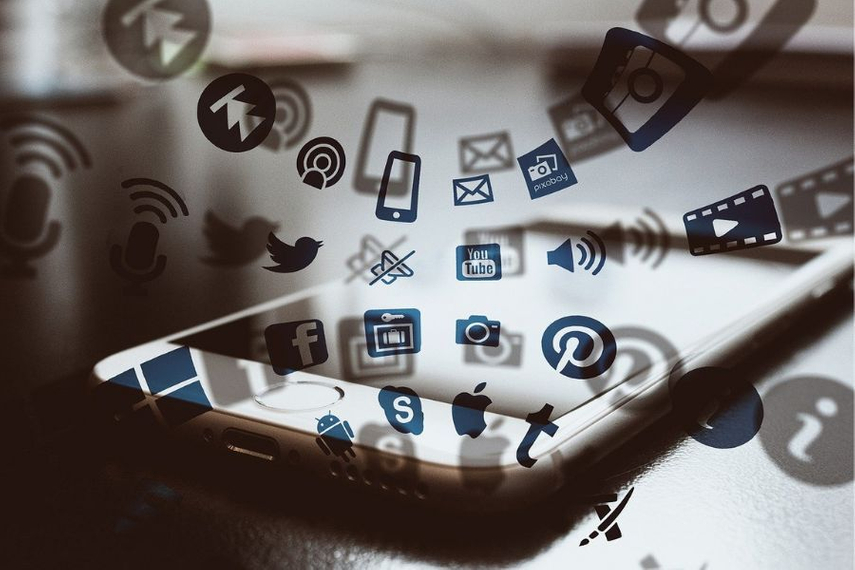
Gone are the days when marketing was simply about convincing customers to buy a product. The world of marketing has transformed dramatically, driven by changes in consumer behaviour, technological innovations, and societal shifts.
Brands that once relied on straightforward tactics to push products have had to pivot quickly to keep up with a new era of engagement. Whether it’s business-to-business (B2B) or business-to-consumer (B2C), those unwilling to adapt have faced the harsh reality of obsolescence.
Today, marketing is no longer just about selling. It’s about creating experiences, building relationships, and delivering value across every interaction.
The early era: Print ads and personal connections
A few centuries back, India's marketing scene was predominantly dominated by print advertising. From simple black-and-white ads to vibrant brand colours, early marketers understood the power of visual identity.
These ads appeared in newspapers, pamphlets, and banners displayed on buses and trucks, often accompanied by presenters who would engage the public with product details. In the B2B space, personal connections were paramount, with efforts largely focused on establishing brand awareness through unique brand identities. The use of visual elements was key to standing out in a crowded marketplace.
As India's economy grew and consumer purchasing power increased, so did the sophistication of marketing strategies. The introduction of radio broadcasting brought a revolutionary new medium: audio. Jingles and slogans became a staple, providing brands with the opportunity to reach a wider audience.
This era also saw the rise of television, shifting from mere audio ads to dynamic video content. For B2B marketers, TV offered a chance to humanise their products, making them relatable to a broad audience. Initially focused on product specs, TV ads soon incorporated storytelling, using narratives and celebrity endorsements to capture the public's imagination.
Globalisation and the shift to consumer-centric marketing
The wave of globalisation brought foreign brands to local markets, dramatically altering the competitive landscape. With a wider range of products available, marketing strategies shifted from a product-centric approach to one that prioritised consumer needs and preferences.
The automotive industry, for example, saw significant changes, with various alternatives emerging for everything from sourcing spare parts to assembly. The focus on consumer-centric marketing highlighted the importance of understanding customer preferences and leveraging technology to meet their needs.
As competition intensified, the concept of branding took center stage. More than just a logo or a tagline, branding became about creating a distinct identity that differentiated one company from another.
In the B2B space, this meant simplifying complex products through clear, consistent messaging and visual cues, such as media kits and distinctive packaging. The goal was to establish a memorable brand identity that resonated with customers and conveyed reliability and expertise.
The internet revolution: Direct engagement and content marketing
The arrival of the internet revolutionised the marketing landscape, opening up new channels like emails, websites, newsletters, and e-brochures. For B2B marketers, this was a game-changer.
Complex products could now be explained through detailed online content, including case studies and technical specifications. The rise of e-commerce platforms allowed manufacturers to sell directly to end-users, cutting out the middlemen and streamlining the sales process. This direct engagement helped businesses better understand their customers and tailor their offerings accordingly.
Social media platforms like LinkedIn, Twitter, and Facebook have dramatically altered the marketing playbook. For B2B companies, these platforms have become critical for showcasing thought leadership, generating leads, and nurturing relationships.
Social media allows brands to engage directly with decision-makers, bypassing traditional sales channels. Influencers and industry experts play a crucial role, using their platforms to showcase product specifications and endorse brands to targeted, niche audiences. Social media has become not just a place for advertising but a hub for dialogue and community building.
AI and VR: The future of personalised marketing
The latest technological advancements in artificial intelligence (AI) and virtual reality (VR) are reshaping the marketing landscape once again. AI is revolutionising data analytics, providing businesses with deeper insights into consumer behaviour, enabling more personalised marketing efforts.
VR offers potential customers immersive experiences, allowing them to explore and customise products virtually before making a purchase. These technologies help companies deliver highly tailored experiences that meet individual customer needs, setting the stage for the next era of marketing.
The evolution of marketing is a testament to the impact of technological progress and changing consumer behaviour on business practices. Companies that have embraced these shifts have thrived, leveraging new tools and strategies to engage with their audiences.
Looking ahead, the continued integration of AI and VR promises to further revolutionise marketing, creating more efficient, personalised, and engaging experiences. The future belongs to those brands that are willing to innovate, adapt, and stay ahead of the curve in this ever-evolving field.
Kimmy Babbar is JCBL Group’s corporate communication head.



.jpg&h=334&w=500&q=100&v=20250320&c=1)
.jpg&h=334&w=500&q=100&v=20250320&c=1)

.jpg&h=334&w=500&q=100&v=20250320&c=1)


.jpg&h=334&w=500&q=100&v=20250320&c=1)


.jpg&h=334&w=500&q=100&v=20250320&c=1)




.jpg&h=268&w=401&q=100&v=20250320&c=1)



